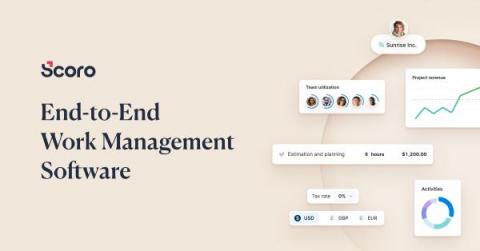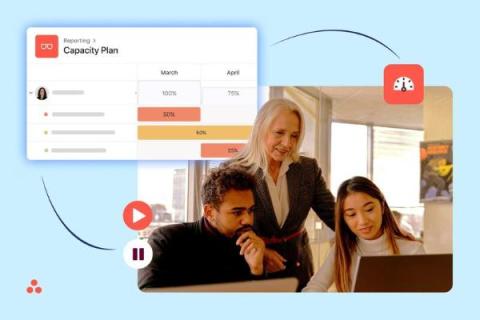Leveraging employee feedback for retention and improvement
In the ever-changing corporate world of today, employee feedback is one of the most important resources that is frequently overlooked. The insights your employees can share can go well beyond being a formality and hold the key to enabling both employee retention and ongoing development inside your company. We’ll examine the transforming power of employee feedback in this blog article, including how it may promote growth and innovation in the workplace and lead to good change.








